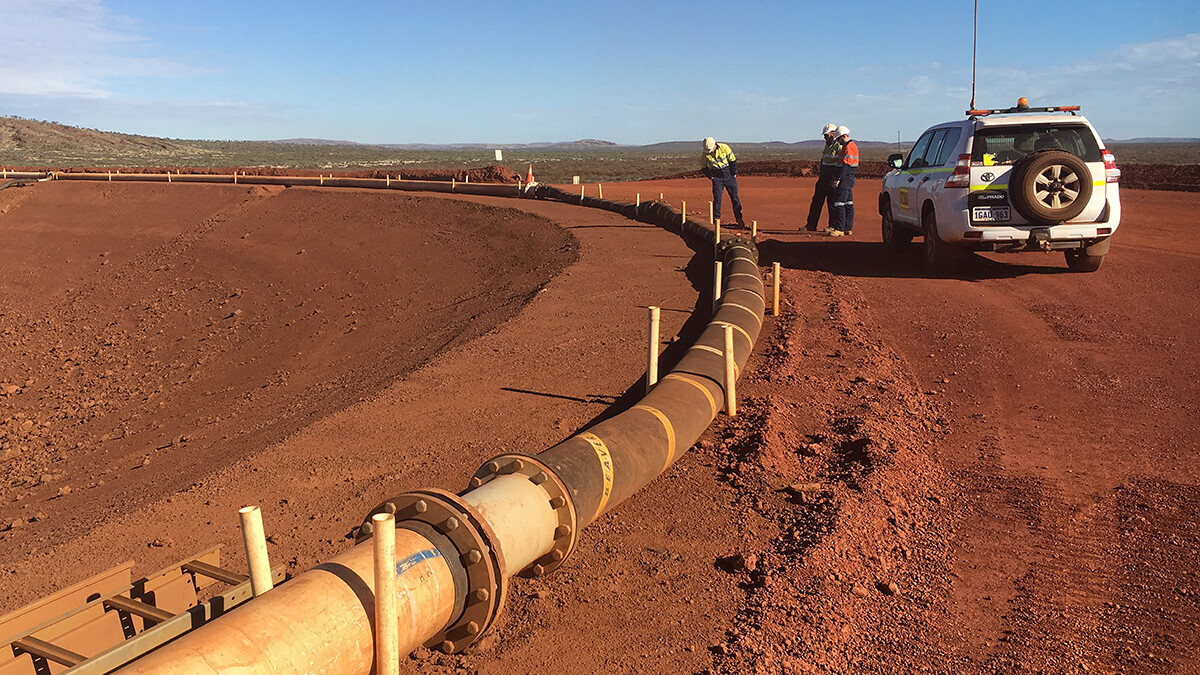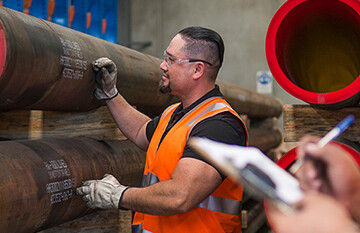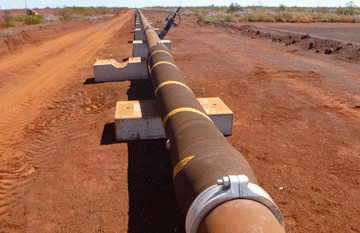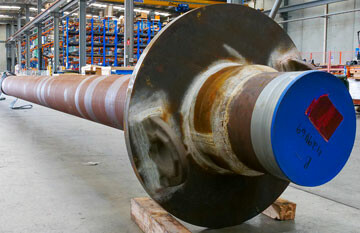Your new pipeline project has got the stamp of approval – well done. Now it’s time to delve into the technical requirements.
A key component? How to connect it all together.
The joints are the weakest part of a pipeline. Leaking connections can cause environmental problems and maintenance headaches. That’s why it’s worth spending time in the design phase to select the right jointing method for your project.
In this article, we look at three main pipeline jointing methods—weld, coupling or flange—to help you make the right choice for your project.
Welded joints
Historically, welded joints were the default for slurry pipelines. Older pipelines were typically built from bare steel, so welding was the quickest and easiest jointing option.
Correctly welded seamless joints can withstand high-pressures, and are unlikely to leak.
Welds can only be used on unlined or HDPE pipe. On lined pipe, the heat from the welding arc melts and damages internal rubber, HDPE, or polyurethane liners.
Welded joints aren’t a good option where spools must be replaced regularly, such as the pipework connecting to pumping stations. Once it’s welded into place, it’s there to stay.
Best for:
Unlined steel, non-corrosive water pipelines
Don’t use for:
High maintenance areas (around pumps), lined steel spools, highly abrasive or corrosive slurry
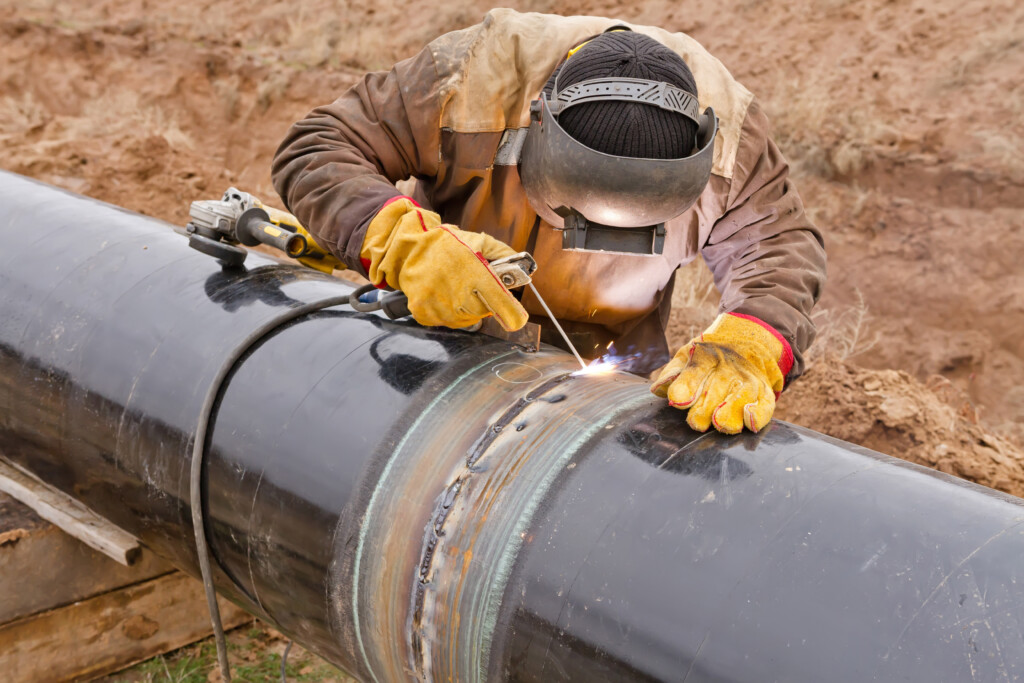
Welded joints are best for non-corrosive water pipelines
Couplings
When project timelines are tight and fast installation is critical, couplings are a good option.
Couplings ‘clamp’ the pipe spools together, using fewer bolts. Often only 2-4 bolts are required, which makes couplings quick and easy to install compared to welded joints and flanges.
That’s why the Rio Tinto’s Robe Valley Sustaining (RVS) project team decided to use couplings on their 13km iron ore slurry pipeline. They chose roll-grooved ends with Victaulic couplings to reduce installation time and labour costs without increasing the risk of leaks.
Two things to consider with couplings:
- Assess the pressure rating of the couplings to make sure they are suitable for the application.
- Grooves can compromise the pipe wall thickness or the integrity of the liner.
Best for:
Tailings pipelines, lined pipe applications, flexibility
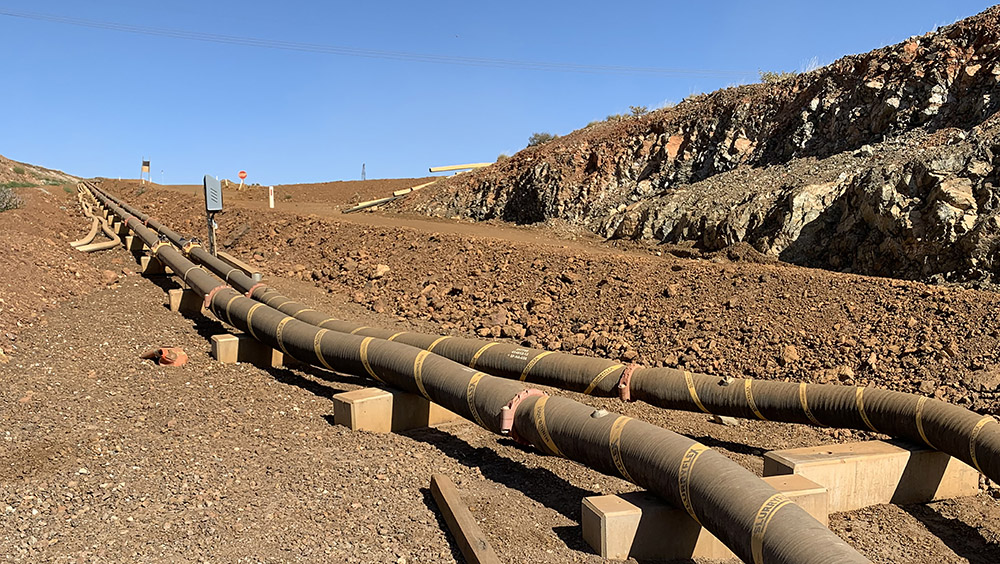
Coupling joints are fast and easy to install
Flanges
Flanged ends give the best of both worlds – they’re leakproof and allow you to easily remove individual spools. They’re also highly customisable to connect to pumps, valves and other instrumentation.
These were key factors for the Roy Hill Zulu 6 design team. They specified ASME Class 300 fixed flanges for their new 3.5km high pressure tailings pipeline.
This enabled seamless connection of the new pipeline to the existing network. The flanges can be easily unbolted and removed for maintenance.
The downside? Flanges are not the fastest option. They take longer to manufacture and install as there’s 16-24 bolts per joint. You’ll have more items to catalogue and more spares set aside for repairs. This should be considered and built into your project schedule and budget.
Best for:
High pressure concentrate or tailings pipelines, pump station connections
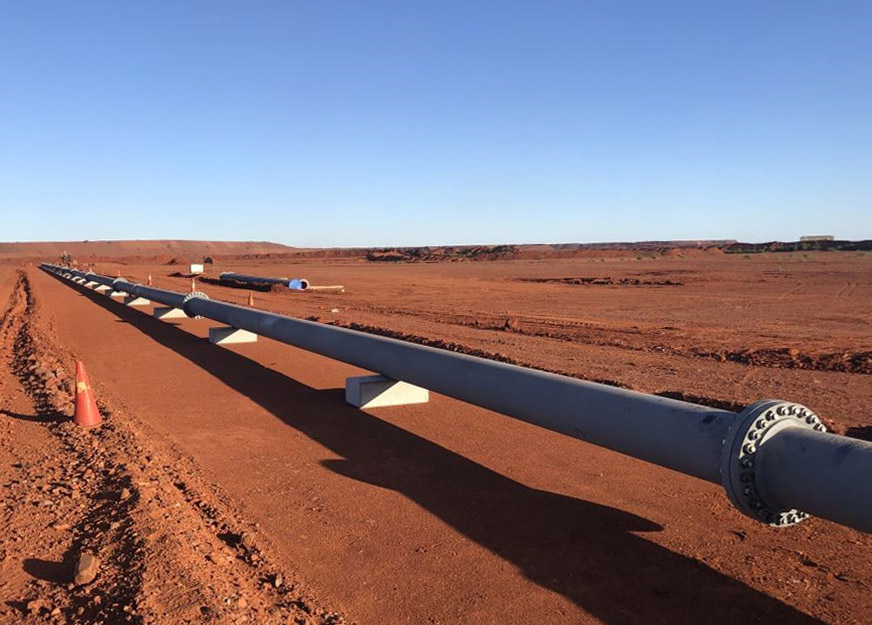
Flanges are best for high pressure concentrate or tailings pipelines
Make the connection
Selecting the right joining method it’s a crucial step in your pipeline design.
Welding is a fast, cost-effective option for pressure, low corrosive slurry applications. Couplings are easy to bolt up and remove for maintenance-heavy areas. Flanges give you peace of mind for high pressure, high wear pipelines.
It might seem like a small part of the project, but selecting the right joins will play a big role in completing your slurry pipeline smoothly and on time.
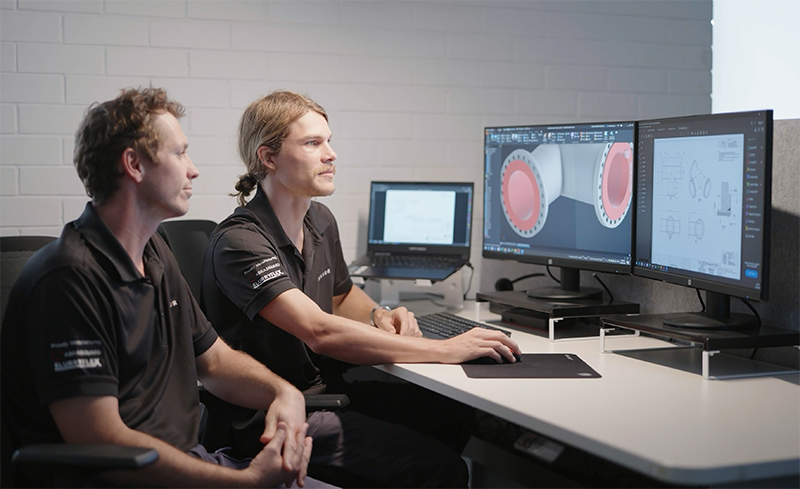
Get practical recommendations for your pipeline
Reach out to setup a call with a pipeline specialist. We'll give you clear recommendations and advice to help you with your piping specification, so you can confidently design a pipeline that lasts.
"*" indicates required fields








